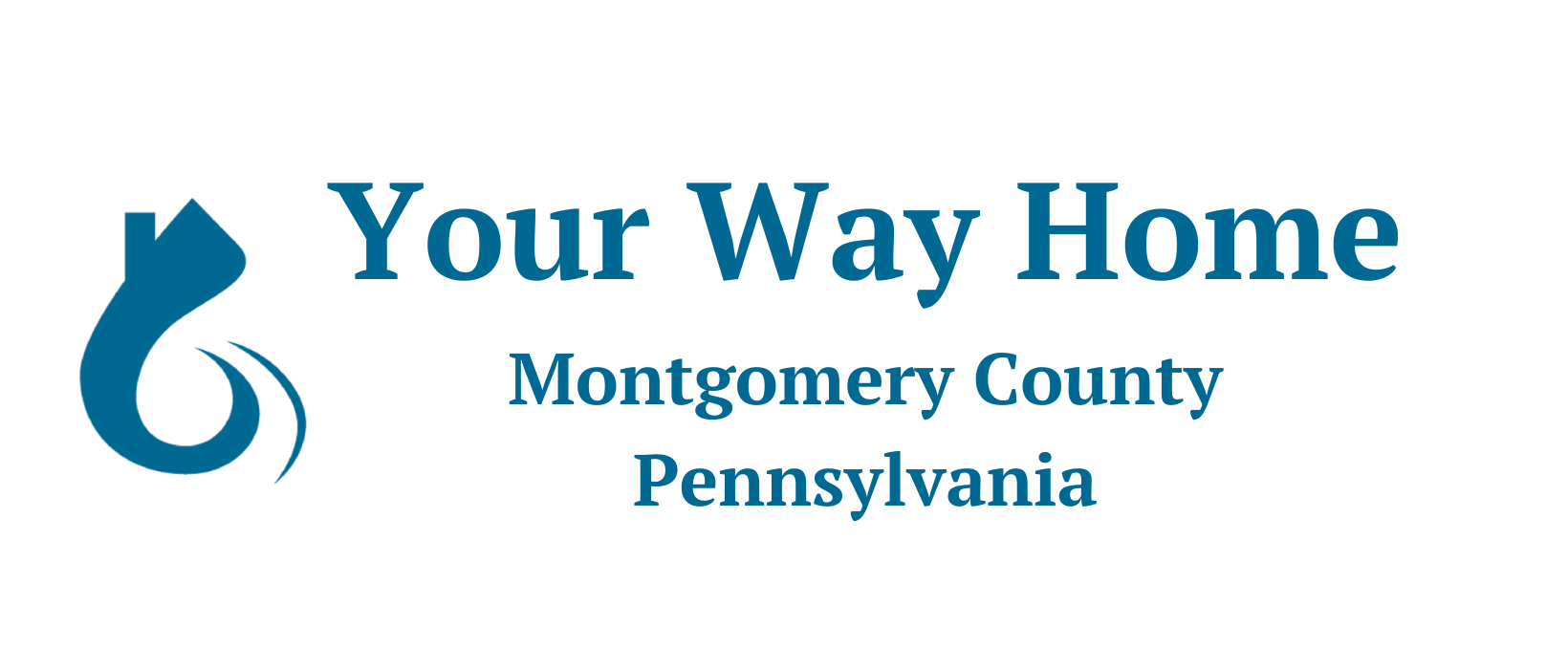The Poverty Defense: How Poverty is Not Sufficient to Explain Racial Disparities in Homeless Populations
By: Greg Barchuk, Data Manager, Your Way Home
For the last few years, communities have begun to pay closer attention to the demographic disparities in their homeless populations. For example, in Montgomery County, residents who are black or African American comprise only 10% of the general population, but account for over 50% of individuals experiencing homelessness. Nearly 1 in 4 individuals experiencing homelessness (23%) in this county is a child under age 18 who is black or African American. Including children of all races elevates the ratio to about one in three (33%).
“But homelessness is related to poverty, and more black folks are poor,” right? It’s a simple explanation, and one that conveniently removes our collective responsibility for the reality of racially disproportionate outcomes in homelessness. In America, poverty has historically been considered a personal issue that is fixable if one simply pulls harder on their own bootstraps. This is how we rationalize cutting food stamps or imposing work requirements on disabled Medicaid recipients.
But while homelessness is related to poverty, and a higher percentage of the black population in the United States does experience poverty, these two statements miss an inconvenient truth: the majority of people living in poverty are white.
Let’s talk in real numbers for a moment. In 2017, the poverty rate among white residents was 8%, while it was 20% for black residents. (Source: Census Bureau’s American Community Survey, 2008-2017). This is what people are alluding to when they suggest that racial disparities in homelessness are due to disparate poverty rates. There are over 34 million people living in poverty in the United States. Over 7.8 million are black, but over 14 million are white.
The disparity in poverty rates by race would help explain homelessness if the populations of white and black residents were roughly the same. But they aren’t. White residents overwhelmingly outnumber black residents, and more people living in poverty are white.
So why aren’t more people who experience homelessness white?
SPARC (Supporting Partnerships for Anti-Racist Communities), a project of the Boston-based consulting firm C4 Innovations, studied the intersection of race and homelessness in six communities across the country, and published its Phase One Findings Report in 2018. Included in the report was a compelling graph (Figure 1a on page 9) that compared the racial distribution of the communities in its study to that of residents living in “deep” poverty, and to that of residents served by the homeless system. In these communities, residents who were white accounted for about 62% of the population, while residents who were black represented 18%. For folks living at or below 50% of the federal poverty line, almost 46% were white and 34% were black. In other words, a higher percentage of people living in deep poverty were white. Yet, almost 65% of the homeless populations in these communities were black, and only 28% were white.
If poverty was the primary factor driving people into homelessness, these communities should have seen homeless populations that were about 46% white and 34% black. The “poverty defense” cannot explain why that isn’t the case.
Your Way Home Montgomery County made a commitment to advance equity in its homeless system in 2018. This included working with the SPARC team, which featured the publication of an initial findings report in January 2019. We continue to work with SPARC to identify strategies to improve equity in our homeless system.
What also continues is our work in analyzing the homeless system through an equity lens. For example, we reproduced Figure 1a with Montgomery County data, and the result was alarming. Not only do white residents of Montgomery County represent a higher percentage of the population living in poverty, but they do so to an overwhelming degree: over 65% of individuals at or below the poverty line are white, and only 19% were black. Yet, only about 40% of the homeless population in Montgomery County is white, while over 50% is black.
This compels us to revise our earlier statement: While a higher percentage of black folks live in poverty, the vast majority of Montgomery County residents living in poverty are white.
Poverty cannot explain why the majority of people experiencing homelessness in Montgomery County are black. It’s not even close.
Local info: The poverty rate for black residents of Montgomery County is about 15%, while the poverty rate for white residents is only about 5%. But white residents outnumber black residents here by a ratio of over 8 to 1, and there are 25,000 more poor white residents (35,957) than poor black residents (10,067).


